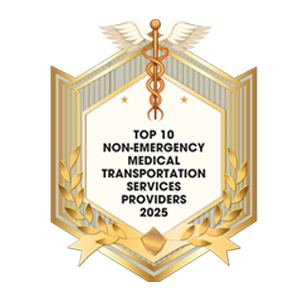The healthcare industry stands at the crossroads of innovation and necessity, evolving at a pace that mirrors society’s growing demands. Advances in technology, shifting patient expectations and regulatory landscapes are shaping a more interconnected, secure and patient-focused system.
In this edition of Healthcare Business Review, we explore the recent developments in the healthcare industry and how companies harness cutting-edge technologies to stay ahead.
Healthcare’s increasing reliance on interconnected medical devices has ushered in a new era of patient care that allows doctors to track health metrics in real-time and intervene before crises arise. While these technological advancements have presented great opportunities for innovation in healthcare, they have also exposed the industry’s susceptibility to malicious actors. Cyberattacks targeting medical devices have escalated, turning life-saving technology into potential weapons. In response, hospitals and medical device manufacturers are prioritizing cybersecurity as much as patient safety, implementing AI-driven threat detection and blockchain technology to secure patient data.
The integration of technologies has also been a game-changer in nonemergency medical transport (NEMT), which has long been a lifeline for seniors, individuals with disabilities and patients undergoing long-term therapies, who often face significant transportation challenges to access healthcare. To make patient transport more seamless and cost-effective than ever, companies are now leveraging ride-sharing models and AI-driven logistics. Healthcare providers are integrating NEMT platforms with electronic health records, facilitating patients to book rides as conveniently and quickly as they schedule appointments.
As technologies continue penetrating every facet of healthcare, they are rapidly transforming treatment procedures by enabling early detection, streamlined workflows and better patient engagement. The result is improved efficiency and better outcomes. For instance, treatment options for varicose veins were invasive, painful or required lengthy recovery periods for decades, discouraging many from seeking help. The narrative is changing with the rising prominence of least invasive treatments like endovenous laser ablation, endovenous radiofrequency ablation and ultrasound-guided sclerotherapy, which offer quicker procedures with minimal downtime.
The healthcare industry is collectively shifting toward a more secure, accessible, patient-centric system. Whether protecting medical devices from cyber threats or redefining the way conditions like varicose veins are treated, healthcare’s future is about meaningful change and impact.
We hope this edition of Healthcare Business Review helps you find the right partner for your business requirements.















